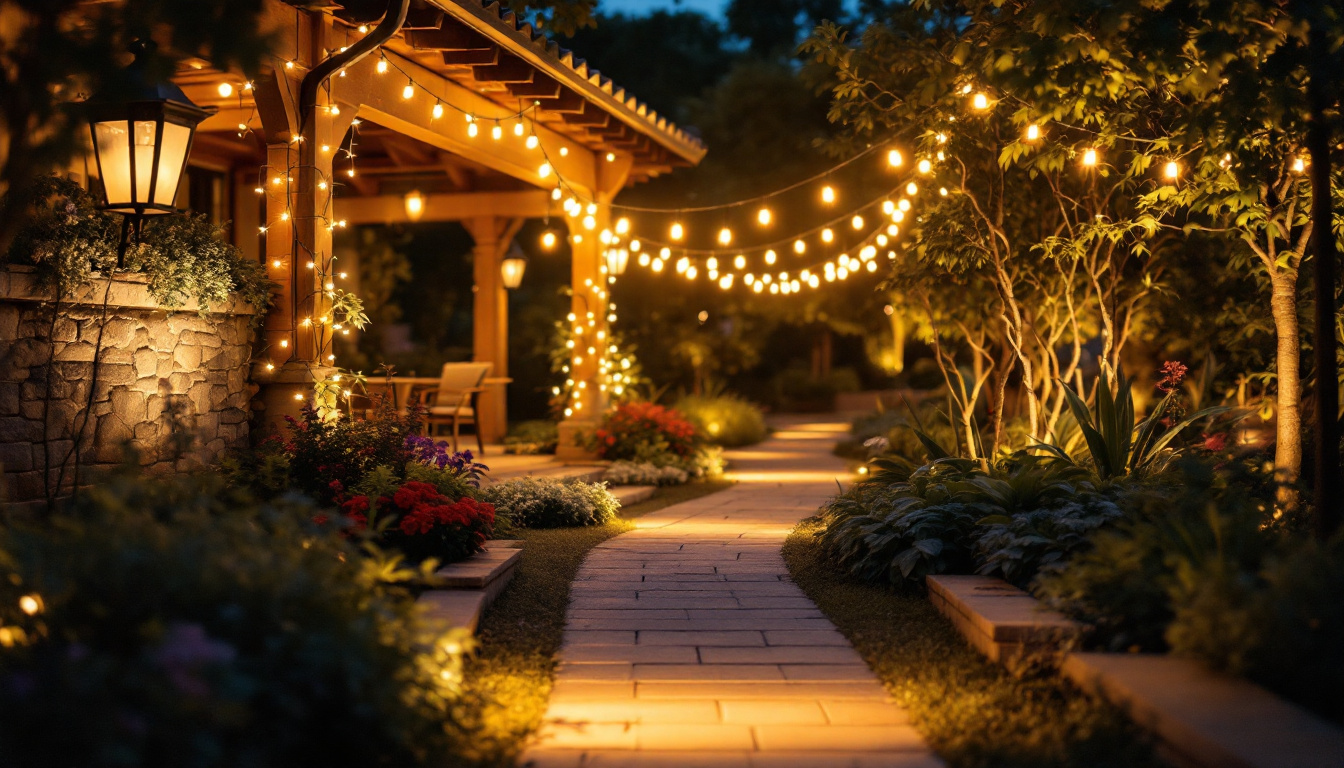
Understanding the history of lighting is crucial for lighting contractors who want to appreciate the evolution of their craft and the technologies that have shaped it. The journey from primitive light sources to modern lighting solutions is not just a tale of innovation; it is a reflection of human ingenuity and the relentless pursuit of comfort and efficiency. This article delves into the significant milestones in the invention of light, offering insights that every lighting contractor should know.
The quest for light began with the earliest humans, who relied on natural sources such as the sun and fire. The discovery of fire marked a pivotal moment in human history, providing warmth, protection, and the ability to extend productive hours beyond daylight. This primitive form of lighting was not only functional but also served as a social gathering point, fostering community and communication. The flickering flames of a fire created a sense of safety in the dark, allowing early humans to share stories, pass down traditions, and bond over shared experiences. This communal aspect of fire laid the groundwork for the development of culture and social structures.
Natural light has been humanity’s first and most reliable source of illumination. From sunrise to sunset, people adapted their activities to the rhythm of daylight. As civilizations evolved, so did the methods of capturing and utilizing natural light. architectural innovations, such as large windows and skylights, were developed to maximize daylighting in homes and public spaces. The ancient Romans, for instance, were pioneers in the use of glass in windows, which allowed for more light while protecting inhabitants from the elements. This not only improved the quality of life but also influenced the design of public buildings, such as temples and forums, where natural light played a crucial role in creating an inviting atmosphere.
As fire became a staple in human life, it transformed from a mere survival tool into a source of artificial light. Early humans used torches, oil lamps, and candles made from animal fat or beeswax. These light sources were significant for their time, allowing people to extend their daily activities into the night, thus enhancing productivity and social interaction. The advent of controlled fire also had profound implications for safety and security, as it helped deter predators and allowed for the establishment of permanent settlements. Moreover, as societies advanced, the art of candle-making evolved, leading to the creation of more sophisticated and aesthetically pleasing designs. In ancient Egypt, for example, candles were often used in religious ceremonies, symbolizing purity and enlightenment, while in medieval Europe, they became essential for illuminating homes and churches, marking significant moments in both daily life and spiritual practices.
With the advent of various civilizations, the methods of producing light evolved dramatically. The Egyptians, Greeks, and Romans all contributed to the development of lighting technologies that would lay the groundwork for future advancements. This period was characterized by experimentation and creativity, leading to the creation of more efficient and practical light sources. The quest for illumination was not merely a functional one; it also reflected the cultural and spiritual values of these societies, where light often symbolized knowledge, purity, and divine presence.
As these civilizations flourished, their innovations in lighting were often intertwined with their architectural achievements. Temples and public spaces were designed to harness natural light during the day while employing sophisticated lighting methods at night, showcasing their understanding of both aesthetics and functionality. This interplay between light and architecture laid the foundation for future developments in urban planning and design.
Oil lamps became widely used in ancient cultures, utilizing various oils, including olive and sesame, to produce light. These lamps were more efficient than candles and allowed for longer burn times. The design of oil lamps varied significantly, with some featuring intricate decorations that reflected the artistry of the period. For lighting contractors, understanding the evolution of oil lamps provides insight into the aesthetic and functional considerations that have persisted through time. The craftsmanship involved in creating these lamps often involved skilled artisans who not only focused on utility but also on creating pieces that were visually appealing and culturally significant.
Moreover, oil lamps played a crucial role in daily life, serving not only as a source of light but also as a gathering point for families and communities. The warm glow of an oil lamp often fostered a sense of togetherness, illuminating stories, traditions, and shared experiences. As such, these lamps were more than mere tools; they were integral to the social fabric of ancient societies, influencing everything from rituals to communal gatherings.
The introduction of gas lighting in urban areas revolutionized the way cities were illuminated. Gas lamps, which burned natural gas or coal gas, provided a brighter and more consistent light compared to previous methods. This innovation not only improved visibility but also enhanced safety in public spaces. For lighting contractors, the transition from gas to electric lighting marked a significant turning point in the industry, highlighting the importance of adaptability and innovation. The widespread installation of gas lamps transformed cityscapes, allowing for longer hours of activity and contributing to the rise of nightlife and urban culture.
As cities embraced gas lighting, they also faced new challenges, such as the need for infrastructure to support gas lines and the management of gas supplies. This led to the establishment of gas companies and regulatory frameworks that would shape the future of energy distribution. The social implications were profound; gas lighting not only illuminated streets but also changed the dynamics of urban life, encouraging commerce and social interaction after dark. It paved the way for a new era of public safety and urban development, setting the stage for the eventual transition to electric lighting, which would further revolutionize the way we experience and interact with our environments.
The late 19th century heralded a new era in lighting with the advent of electricity. This transformative technology changed the landscape of lighting forever, paving the way for modern solutions that are now commonplace in residential and commercial settings.
The invention of the incandescent bulb was a game-changer for lighting contractors. This technology allowed for a more efficient and longer-lasting light source compared to its predecessors. The incandescent bulb quickly became the standard for household lighting, providing warm, inviting illumination that remains popular today. Understanding the principles behind incandescent lighting is essential for contractors who work with both historical and modern systems.
As energy efficiency became a growing concern, fluorescent lighting emerged as a viable alternative to incandescent bulbs. Fluorescent lights consume less energy and have a longer lifespan, making them an attractive option for commercial applications. In recent years, LED technology has taken the lighting industry by storm, offering unparalleled energy efficiency and versatility. For lighting contractors, staying informed about the latest advancements in LED technology is crucial for providing clients with the best solutions available.
Today, the landscape of lighting is more diverse than ever, with a myriad of options available to consumers. From smart lighting systems to sustainable solutions, understanding these technologies is essential for lighting contractors looking to meet the demands of modern clients.
Smart lighting has revolutionized the way people interact with their environments. With the ability to control lighting through smartphones or voice-activated devices, homeowners can customize their lighting experiences to suit their preferences. For lighting contractors, integrating smart technology into lighting designs can enhance functionality and appeal to tech-savvy clients.
As environmental concerns continue to rise, sustainable lighting practices have become increasingly important. This includes the use of energy-efficient bulbs, solar-powered lighting, and designs that maximize natural light. Lighting contractors play a vital role in promoting sustainability by offering solutions that reduce energy consumption and minimize environmental impact.
The future of lighting holds exciting possibilities, driven by ongoing research and technological advancements. As a lighting contractor, staying ahead of these trends is essential for maintaining a competitive edge in the industry.
Future innovations are expected to focus on improving the quality of light, including color rendering and visual comfort. Research into human-centric lighting aims to enhance well-being by mimicking natural light patterns. Lighting contractors should be aware of these developments to provide clients with solutions that promote health and comfort.
As the Internet of Things (IoT) continues to expand, the integration of lighting systems with other technologies will become more prevalent. This includes smart home systems, security features, and energy management tools. Lighting contractors must be prepared to navigate these integrations, ensuring that their designs are compatible with various technologies.
The journey of lighting from ancient fire to modern smart systems is a testament to human creativity and innovation. For lighting contractors, understanding this history is not just about appreciating the past; it is about leveraging that knowledge to create better solutions for clients today. By staying informed about the latest technologies and trends, lighting contractors can continue to illuminate spaces in ways that enhance both functionality and aesthetic appeal.
In a rapidly evolving industry, the ability to adapt and innovate will define the success of lighting contractors. Embracing the lessons of history while looking towards the future will ensure that they remain at the forefront of the lighting industry, ready to meet the challenges and opportunities that lie ahead.
As you embrace the rich history of lighting and look to the future of innovation, LumenWholesale is here to support your journey. We provide lighting contractors with the highest quality, spec-grade lighting products at prices that can’t be beaten. Our commitment to cutting out the middleman means you get the best value without the inflated markups, and our extensive selection is tailored to meet the highest industry standards. With the added convenience of free shipping on bulk orders, LumenWholesale is your go-to source for premium lighting solutions that combine quality, affordability, and hassle-free service. Elevate your lighting projects today by visiting Wholesale Lighting at the Best Value and discover how we can light up your world.

Illuminate your projects with expertise using our comprehensive guide on outdoor up and down lighting.

Discover the insider tips and tricks lighting contractors use to master the installation and optimization of 48-inch LED fixtures.

Discover the essential techniques and innovative solutions lighting contractors use to illuminate staircases effectively.

Discover the essential checklist for lighting contractors with our comprehensive guide on sockets and switches.